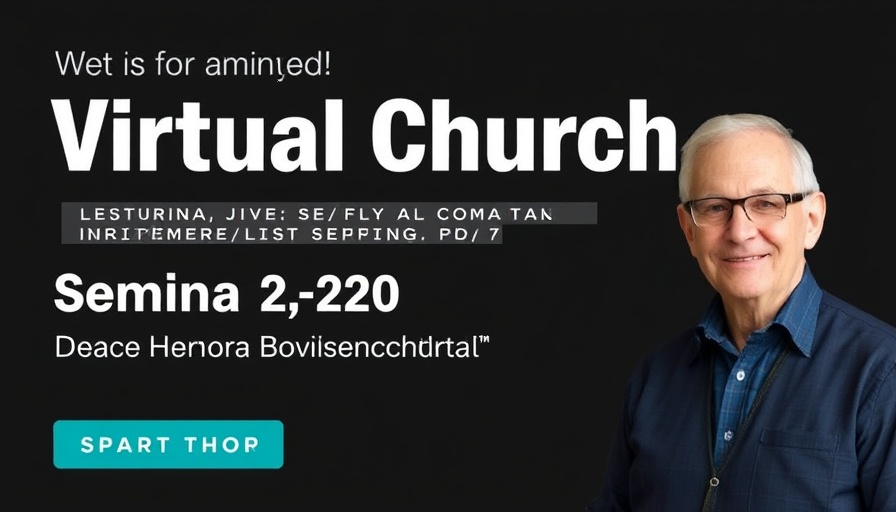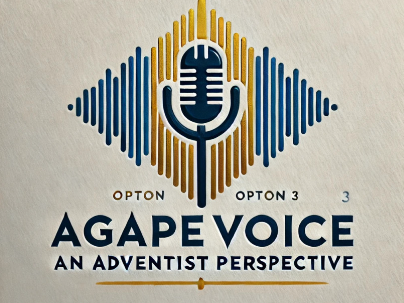
Reimagining Church: Can Zoom Provide Community?
As our world becomes increasingly digital, a pressing question emerges for many faith communities, particularly in the Seventh-day Adventist (SDA) community: Can a Zoom gathering truly encapsulate the essence of a church? This question, posed by Reinder Bruinsma, resonates deeply within our evolving societal context, where physical distance has necessitated innovative approaches to communal worship.
The Essence of Community in a Virtual Space
In traditional settings, church has often been viewed as a physical gathering—an assembly of believers coming together to worship, share, and grow in faith. But as we transitioned to online platforms like Zoom, the parameters of what constitutes a church gathering have blurred. The primary essence of church focuses on connection, fellowship, and spiritual growth. Many members of the SDA community have had to adapt to new norms that prioritize these values over physical presence.
Understanding the New Church Model: Virtual Worship
While some may argue that true church cannot occur outside a physical space, it’s essential to consider how virtual worship has bridged gaps for many people. Online worship has offered advantages such as accessibility for those unable to travel or for members living in remote areas. Bruinsma points out, "For many, the digital experience allows them to engage with their community in ways they hadn't before." This movement is supported by studies showing that online engagement can bolster community ties as much as, if not more than, traditional gatherings.
Challenges That Will Shape Our Future
Despite the benefits, virtual gatherings indeed present challenges. For instance, the lack of physical presence can lead to feelings of isolation, particularly among older members who may struggle with technology. There's also the concern about depth versus breadth in spiritual engagement—while virtual meetings can reach larger audiences, they may lack the intimate fellowship found in smaller group settings.
Diversity of Perspectives: Can it Really Be a Church?
Members of the SDA community hold diverse perspectives regarding virtual worship. Some argue passionately about preserving traditional worship practices, advocating for community bonds that are nurtured in person. Others embrace virtual gatherings as a new beginning, suggesting that technology harnesses opportunities to spread spiritual teachings to a wider audience.
Looking Ahead: Trends in Faith Communities
As we look to the future, the ongoing evolution of how we gather for worship seems inevitable. There is potential for hybrid church models—blending the physical with the virtual. Institutions may offer both in-person worship and online services, providing options that cater to community needs without compromising spiritual integrity.
Practical Insights for Engaging Online
For those participating in virtual worship, fostering community remains essential. Here are several ways members of the SDA community can enhance their online experience:
- Participate Actively: Engage in discussions, share insights, and connect with fellow worshippers, which can enhance personal bonds.
- Utilize Breakout Rooms: Chains of connection can be maintained through smaller groups or prayer circles, mimicking the intimacy found in in-person gatherings.
- Enhance Worship Experience: Use creative elements such as music, shared readings, and interactive sermons to foster involvement.
As we navigate these changes in the SDA community, it’s vital to reflect on our shared values. Whether online or in-person, the core of who we are as a church remains tethered to community, connection, and faith.
Ultimately, Bruinsma's reflection challenges us to rethink how we can cultivate these virtues in our current context. As technological conveniences become commonplace, our responses can either build or hinder our communal experience. So, can a Zoom gathering be a church? Perhaps the answer lies not just in the platform, but in our ability to commune with one another, regardless of where we are located.
 Add Row
Add Row  Add
Add 




 Add Row
Add Row  Add
Add 


Write A Comment